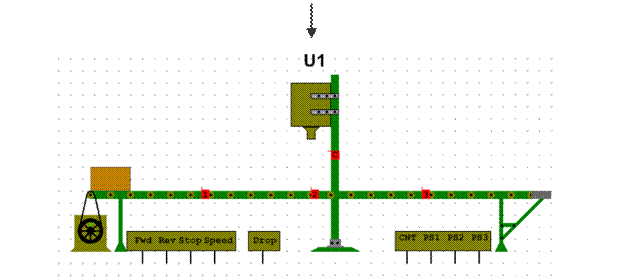Phonetic Changes In Old English Period
After we have presented the Old English system of letters and sounds, and the rules of pronunciation we should explain the changes that resulted in this system. 1. THE DOUBLING OF CONSONANTS All the consonants, except [r], were doubled (in spelling) or lengthened (in pronunciation) between a short vowel and sound [j] (sometimes [l] or [r]). The phonetic essence of lengthening appearsto be assimilation: the consonant j is assimilated to the preceding consonant. A long f later developed into long b (spelt bb). Note 1. The sound [j] which caused the doubling in the West-Germanic languages, was lost very early. Note 2. A similar phenomenon can be noticed in the Ukrainian language. 2. a > o CHANGES The Germanic phoneme [a] formed several variants in different dialects, depending on its position in the word. a) Before nasal consonants the Gmc. [a] was slightly labialized and raised, so that it became intermediate between [a] and [o]. OE scribes wrote sometimes the letter a, sometimes the letter o in this position. We shall use here the symbol a. b) In other positions the Gmc. [a] was usually palatalized and became [a ] (in some dialects [e]). 3. BREAKING AND DIPHTHONGISATION Under the influence of succeeding and preceding consonants some Early English monophthongs developed into diphthongs. a) OE breaking is diphthongization of short vowels before certain consonant clusters. It is the vowels a, e and i that undergo breaking. The Gmc. [a], [e] and [i] were diphthongized before the clusters ‘r + consonant’, ‘l + consonant’, ‘h + consonant’, and before h final: The phonetic essence of breaking is as follows: if a front vowel stood before a velar consonant there developed a short glide between them, as the organs of speech prepared themselves for the transition from one sound to the other. The glide, together with the original monophthong formed a diphthong. b) Diphthongisation of vowels could also be caused by preceding consonants: a glide arose after a palatal consonants as a sort of transition to the succeeding vowel. That is why this process is called ‘palatalization’. After the initial palatal consonants g or... [j], c [k’ or t ] and the combination sc [ ] most vowels were diphthongized. 4. PALATAL MUTATION The OE tendency to positional vowel change is most apparent in the process termed “mutation”. Mutation is the change of one vowel to another through the influence of a vowel in the succeeding syllable. The most important type of mutation is that caused by an i (j) of the following syllable, hence called “i-mutation”. This is the name given to a kind of regressive assimilation. Under the influence of i (j) the vowels of the preceding syllable moved to a higher front position. These sounds [i] and [j] are made with the tongue high up in the front of the mouth and it would seem that speakers began to prepare for this high front sound before they had finished the vowel of the stressed syllable. As a result they pronounced the stressed syllable higher and further forward than they should have done. The ubstressed syllable then disappeared, as in menn, or was changed in form, as we shall see later. If we take, for example, the change *fullian > fyllan ‘fill’, the essence of the process is this. The vowel u is articulated by raising the back of the tongue and simultaneously rounding the lips; the sound i (j) requires raising the front of the tongue. When the speaker begins to articulate the u, he at the same time anticipates the articulation needed for i, and raises the front of the tongue instead of its back. The lip-rounding, meanwhile, is preserved. The result is the vowel y (remember the pronunciation of OE y - like MnGerm u-umlaut).
|




